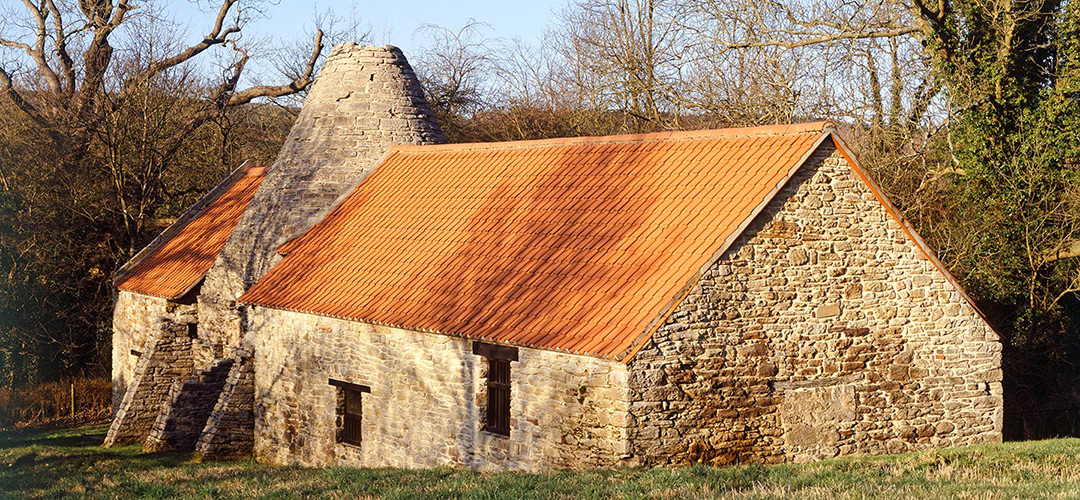Agricultural and Industrial Sites
Magnificent medieval tithe barns and working windmills, a fully-operational Victorian factory and a Birmingham workshop: our varied collection highlights England at work in town and country.

For most of its history, England was an agricultural country, pre-occupied with producing food. With their soaring roofs and breathtakingly elaborate timber frames, the huge barns of the later middle ages have been called 'the cathedrals of rural England'. We care for four of the finest: Harmondsworth Great Barn is among the largest ever built, and over 400 oaks went into constructing Priors Hall Barn.
The corn they stored was for centuries ground into flour for bread in mills powered by water or wind. Saxstead Green Post Mill, which revolves to catch the prevailing wind, retains its ingenious Victorian machinery, and Sibsey Trader Windmill produces flour to this day. Our collection also includes places which produced fish (Meare Fish House) and rabbits (Thetford Warren Lodge) with dovecos for pigeons and their eggs at Minster Lovell Hall and Netheravon.
Large numbers of England's people now moved from fields to factories. There's no better place in the country to experience the atmosphere of a Victorian factory than fully-working Stott Park Bobbin Mill, which turned Lake District timber into bobbins for the Lancashire cotton industry. A steam-engine still powers its clattering belts and wheels on regular working steam weekends. Birmingham's J.W. Evans Silver Factory also vividly recalls the days when Britain was the workshop of the world.